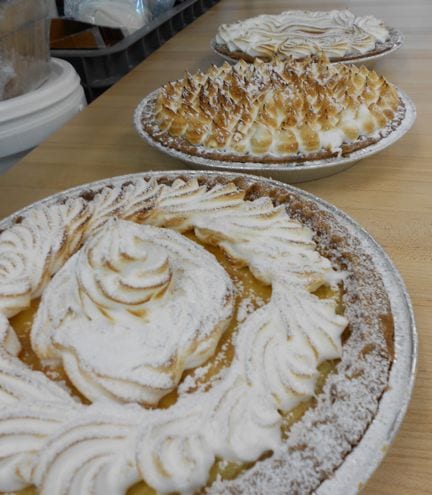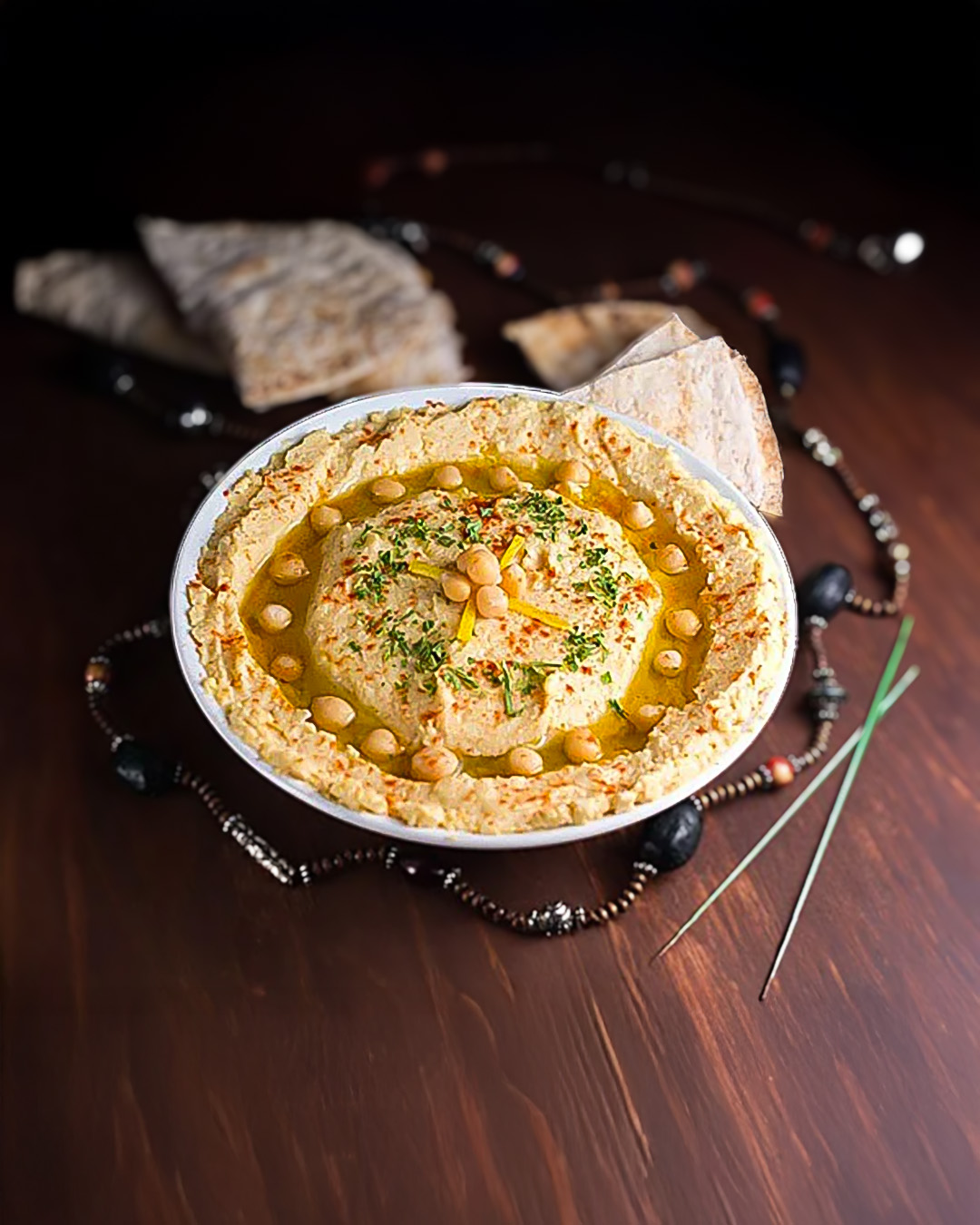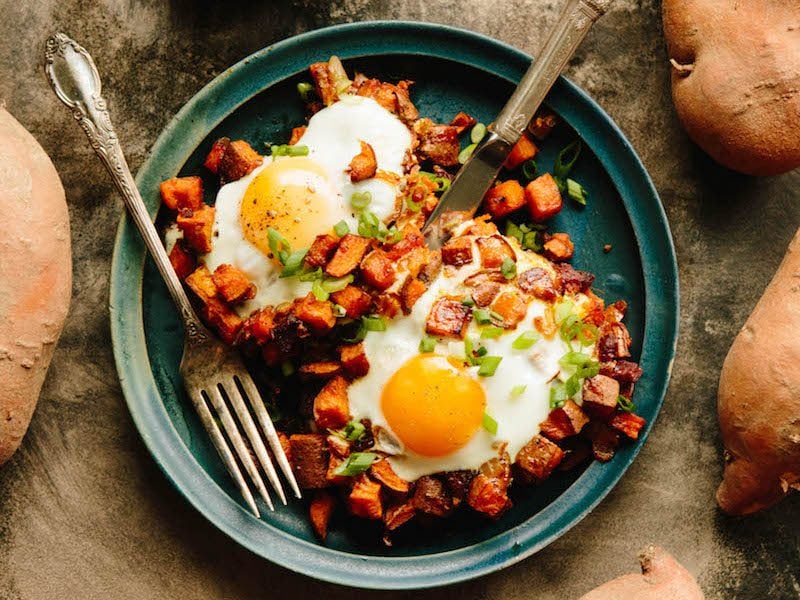To make your own pie dough, it is helpful to know a little bit of the science behind the crust. Marissa Sertich with more.
By Marissa Sertich
When I enter the grocery store, pints of strawberries and stalks of rhubarb call to me. Springtime is in full bloom and the fresh produce begs to be sliced into a buttery, flaky, pie shell.
‘Tis the season and a pie is a festive and delicious way to celebrate fresh and local ingredients. While cobblers are also nice, they are the casseroles of the dessert world – Pies require a bit more care and craftsmanship. It is one of those bakery items, like bread or scones, which requires a couple cups of l-o-v-e.
If you don’t have the time, there is no shame in sneaking to the freezer section for a frozen shell, but plunging your hands into a bowl of flour to rub in flakes of butter and customizing your own crust is an extremely satisfying feeling that I highly recommend over the uninspiring, timesaving alternative. Experiencing the tactile sensations of baking is how we gain understanding and appreciation for the sweets we eat. Once you recognize the basic principles of mixing and handling the pie dough, it is a simple, three-ingredient recipe that you can make and freeze for yourself.
To make great pie dough, it is helpful to know a little bit of the science behind the crust. It is the size of the solid fat that remains in your dough that will determine how flaky the pie will be. The larger pieces of butter are rubbed into the flour until they are about the size of kidney beans. When the dough is rolled out, the flour-coated butter is flattened, resulting in a tender and flaky final result. The more the butter is worked into the flour, the smaller the solid butter becomes and dough will become “mealy.” Both can be desirable depending on the liquid content of your filling. A mealy pie will absorb less liquid with a fruit filling that is very juicy.
The other key principle to pie dough making is temperature. You want to keep your butter in solid form, so it is important that you work with the butter when it is cold. Any liquid added to the dough should also be cold. When the butter becomes too soft prior to baking it does not affect the taste, but will have a huge impact on the texture of your dough. Just like with puff pastry, the steam created by the butter melting in the oven forms layers, and thus a tender crust. Understanding this concept will help you customize your dough to your own personal tastes and textures.
PrintIt’s a Piece of Pie – Pie Dough Basics
- Total Time: 1 hour 5 minutes
- Yield: 2 pies 1x
Ingredients
- 12 oz All-Purpose Flour
- 8 oz Butter, cubed
- 4 oz Milk
- 1 ½ tsp Salt
- 2 tsp Sugar
Instructions
- In a large mixing bowl, whisk together your flour, sugar and salt
- Toss the cold, cubed but butter into the flour, ensuring that each cube is coated in flour.
- Using your fingers, rub through the butter and flour until the butter is in flakes the size of kidney beans. Resist the urge to over-mix.
- Dig a well in the center of the flour-butter mixture and pour in the milk in the hole. Incorporate the liquid into the flour, until it forms a dough. This is best done through a series of folding motions.
- Divide the dough in two-flat pieces, wrap in plastic wrap and chill before use (At this point the dough can also be frozen and saved for later use).
- When the dough is chilled, roll it out on a floured surface using a rolling pin to about 1/8 inch thickness (About 8 oz of dough is used for an 8 inch pie shell).
- Using the floured rolling pin, lightly roll the dough onto the pin and gently unroll it onto the pie tin (Lifting the dough using your hands can result in tearing).
- Allow the dough to drop into the tin and then press the dough into all of the edges, ensuring that there are no air pockets between the dough and the tin. Any air pockets between the dough and tin will cause the dough to slip down from the rims.
- Using the back of a pairing knife, gently remove any overhang of pie dough over the tin.
- Chill to allow the dough to relax for at least twenty minutes. Fill your pie shell as desired.
- Bake the pie at 350F until golden.
Notes
Basic pie dough formula is often called “3-2-1 dough,” because of the ration of flour, fat and liquid.
A note about prebaking: Prebaking, or half-baking your pie shell may be required depending on your filling. Many fresh-fruit fillings do not require prebaking the pie shell, while cream pies require baking the crust completely before filling.
- Prep Time: 30 mins
- Cook Time: 35 mins














Thanks for the comment. Yes, using a food processor and adding an acid can result in a beautiful, flaky pie crust. Especially because there is less handling of the dough, keeping temperatures down and developing less gluten. I suppose I’m a romantic when it comes to basic recipes like pie crust. Using my hands and doing classic recipes manually is one of the joys of baking and when done right, can still yield superior results.
Thanks for your explanation of the science of pie crust. Do you have any comments on pie crust made in a food processor or mixer, or the addition of an acid to the water (never tried milk) to denature the proteins in the gluten, which is supposed to result in a more shortbread like crust?